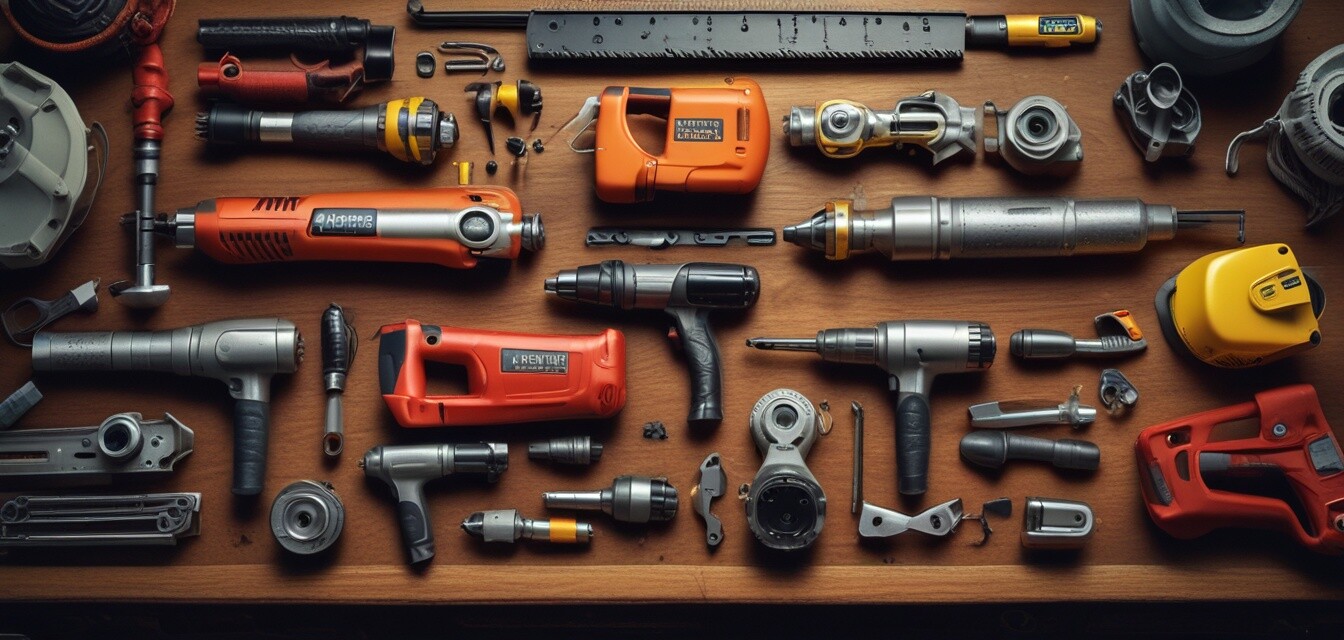
The Importance of Tool Safety in the Workplace
Key Takeaways
- Tool safety is crucial to prevent accidents and injuries.
- Regular safety training can significantly reduce workplace incidents.
- Understanding the tools and their safety features enhances proper usage.
- A culture of safety increases productivity and morale among workers.
- Implementing safety protocols is not just a legal requirement; it's a moral obligation.
In environments that utilize portable power tools extensively, safety should always be a priority. Regular training and heightened awareness about tool safety can be the difference between a smooth workflow and a devastating accident. In this article, we will explore the critical importance of tool safety in the workplace, the necessary training protocols, and how to foster a culture of safety.
Understanding Tool Safety
Tool safety is more than just following the manufacturer's instructions; it incorporates a range of practices that aim to create a secure working environment. By understanding the potential hazards associated with various tools, professionals can take proactive measures to enhance safety.
| Tool Type | Common Hazards | Safety Measures |
|---|---|---|
| Angle Grinders | Flying debris, kickback | Wear safety goggles, use guards |
| Cordless Drills | Electric shock, drill bit breakage | Inspect tools before use, secure workpieces |
| Impact Drivers | Hand injuries, flying fasteners | Use proper grip, maintain control |
The Role of Safety Training
Effective safety training programs are an essential component of workplace safety. They not only educate employees on proper tool usage but also incorporate emergency procedures and the importance of using Personal Protective Equipment (PPE). Below are key elements that should be included in a safety training program:
- Understanding the tools: Not just how to use them, but their specific risks and safety features.
- Emergency response: Procedures in case of accidents or tool malfunctions.
- Regular drills: Periodic reviews and hands-on training sessions.
Creating a Culture of Safety
Fostering a culture of safety within the workplace involves more than just training sessions; it encompasses the everyday behavior of every team member. When everyone prioritizes safety, it leads to a more efficient and respectful working environment. Here are some strategies to consider:
- Encourage open communication about safety concerns.
- Recognize safe behavior: Reward those who prioritize safety.
- Regularly update safety protocols: Ensure guidelines evolve with changing technologies and practices.
Pros
- Reduced risk of accidents and injuries.
- Increased productivity and morale.
- Enhanced trust and teamwork among employees.
Cons
- Initial time investment for training.
- Possible resistance to change from employees.
Adopting a Safety-first Mindset
Adopting a mindset focused on safety takes conscious effort and practice. Employees should be encouraged to speak up about unsafe practices and potential hazards. Regularly spotlighting the importance of safety in team meetings can also reinforce this mindset.
Conclusion
Tool safety is undeniably critical in any environment where portable power tools are utilized. By prioritizing safety training and creating a culture that emphasizes awareness and precaution, businesses can successfully prevent accidents, promote efficiency, and ensure that workers can complete their tasks without excessive risk. For more insights and resources, don't hesitate to check our Buying Guides, which cover essential safety equipment and tools for various applications.
Additional Resources
To further enhance your understanding and approach towards tool safety, consider these how-to guides and our product pages showcasing the tools designed with safety features in mind. Always remember that safety should be your top priority when working with power tools.
